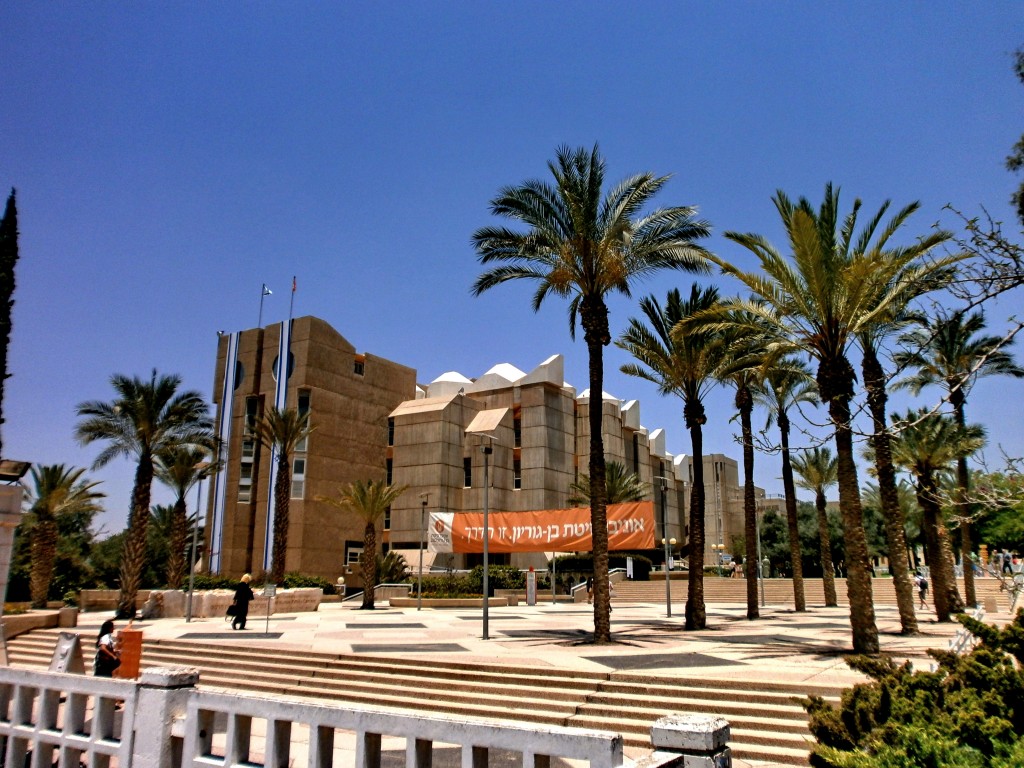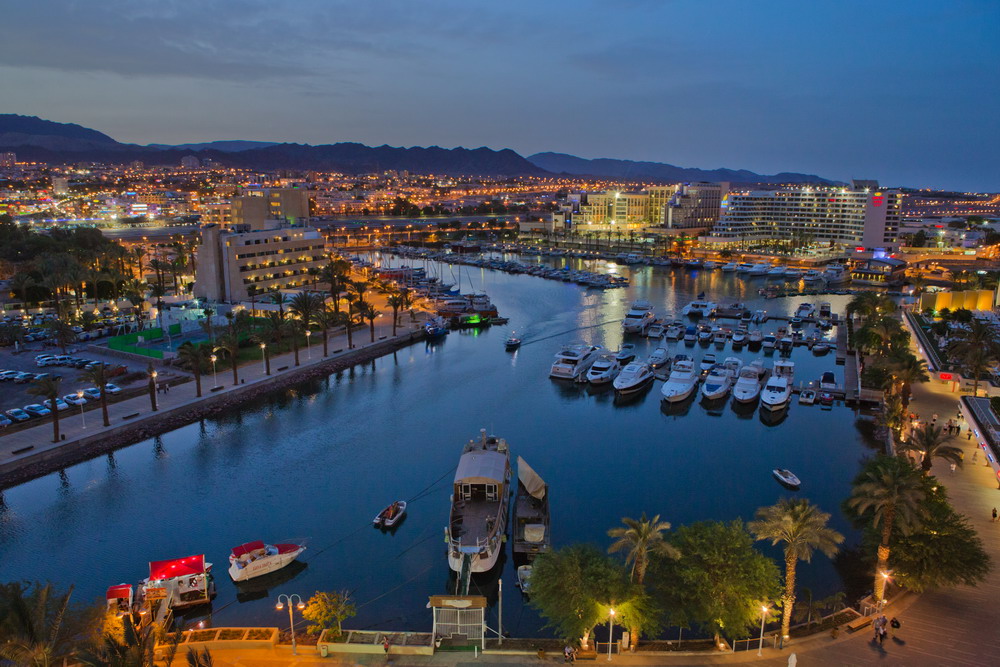After seeing many photos of Israel, especially some lush and green regions, palm plantations, greenhouses and flowery landscapes, lots of people asked themselves: is it really Israel? Was it not like its all neighbours, rather a deserted place? People expect to see camels, „caravans making their ways acrros the endless dunes…“, but although 60% of Israel is still desert, full of dry riverbedsm deep craters and rocky mountains, Israel made a huge percent of its territory a lush garden.
There could be no worse solution for construction of the homeland for any nation than a nearly barren desert close to the salty Mediterranean, right? Well for the Jews, there were not many better solutions. And for the Zionists, inspired by ideas of Theodor Herzl, there was simply no other solution that Ottoman Palestine and later, British Mandate of Palestine. Simply, there were too many emotions, too much history of the Jews over there. And interestingly enough, Herzl was inspired by Serbian Uprising and Serbian Principality, since his father was from Zemun. So if the Serbs could retrieve their homeland, and the Greeks can do so, why not the Jews? So, after the tragic Holocaust or the Shoah, the world softened and the Partition of Palestine was imminent and the creation of Jewish state in the Middle East soon became reality.
Nature is the main enemy, but could be tamed
But, it is not the partition nor the clash with the neighbouring Arabs was the main problem. the problem was, even in the British Palestine, or in the Ottoman Empire, the nature itself. Judea, Galilee, Samaria, Negev… These regions were far from the fertile lands Jews inhabited in Poland, Ukraine, Belarus or Moldova, where everything grew abundantly. In Palestine, and later, in the Independent Israel, the people had to struggle to make it a garden. But they miraculously succeeded. Well. not miraculously at all. It was hard work, it was organisation. It was collective spirit. It was patriotism. It was solidarity.
Let us see some examples. In the beginning of the 20th century Jews from Europe started to buy land near Arab settlement of Jaffa, and named it conveniently, Tel Aviv, the Spring Hill. It was a sandy beach, and it is well know that the Arabs, as a desert nation, were not particularly fond of sailing, with some notable exclusions. It all started as a small settlement and turned out to be a metropolis of the Orient, only comparable with Beirut. It is commercial centre, with beaches, discotheques, business centres. Now it is something like all the cities in the American Southeast, or Soviet Central Asia. Not a good environment for a start, little water, hard work. But after a hard work, there was a miracle. Now it is called „Big Orange“ as a comparison with the other „Jewish“ city in the world, „Big Apple“. New York, you guessed correctly.
Ben Gurion was so fiercely inlove with Negev desert that exclaimed fierily: If Israel wants to survive, has to expand through Negev, to the South! Ben Guiron decided to form a port and a resort in the place of the village Um Rash-Rash, Israel built Eilat. The prime resort. Out of nothing.
Kibbutz as a refuge
It was once thought that the desert was unfit for homesteading or agriculture. However, though it is still sparsely populated with only about 10% of Israel’s total population, residents of various kibbutzim and moshavim (cooperative agricultural communities) have reclaimed the desert and turned many acres of wasteland into vast expanses of producing greenhouses, date palm groves, and vineyards. Isaiah 27:6 promises that “In days to come…Israel will bud and blossom and fill all the world with fruit” (NIV). Well, it’s somehow come true.
But how it is to be in a kibbutz? You can see the touching photos of young and old people trying to build a farm in the middle of nothingness. Now you cannot believe what you see. Something like an Egyptian five-star resort. But, there is always a story that made a kibbutz. Usually an unpleasant one. Kibbutz Masabei Shade is one of the largest and most beautiful. It was created by between the two wars in modern western Ukraine (then Poland) when some anti-Semites blew up a Jewish bakery and the family has decided to move to British Palestine. That is how modern Israel was born. After 1945, when it was clear that some evil people are willing to do all the possible bad things to them, and lots of these malevolent people actually did some horrible atrocities to the Jews, the Jews went to the end of the world so that they cannot be touch any longer. If someone wondered “Would I lived here? How boring! the person should swiftly think about this: “They had a a bomb planted in their bakery. They came here so that nobody can touch them and planted vegetables in the desert. Everything was better than a bomb in your bakery”. It should never be forgotten. However, although Masabei Shade works sweet with houses like some Egyptian resort, it is a spartan environments. And this is what alures people and repels them. But, this is one of the recipes for Israeli agricultural success. Lots of them are very collective in spirit and made under strict almost Socialist principles.
Innovation out of sheer necessity
Because Israel has had to develop solutions for growing crops in arid, adverse conditions, it is in the world’s forefront of agricultural innovation—especially in the areas of irrigation and water recycling—and it is sharing this technical know-how with the world, fulfilling its God-given call to be a light to the nations. In fact, drought-plagued Israel is now able to desalinate much of its water from the Mediterranean and may be able to export water to other nations in the near future. And when it faced the worse crisis in water supply, they launched the best-ever water saving campaign! And they succeeded, once again.
Israel Talby David Ben Gurion, Israel’s first prime minister, moved to the Negev with a dream to make the desert bloom. He believed that the Negev would be central to Israel’s growth as a nation. Today, Ben Gurion’s dream is being realized. The desert is now flourishing with thriving agricultural communities—blossoming, just as God said it would be—a stunningly beautiful place with a fascinating past and a prophetic future. Just like the Americans in Nevada or New Mexico. Just like the Soviets in Turkmenistan. But, the Jews are not the Americans, nor they are Soviets. Gurion wanted millions of Jews in deserts, and after 69 years, they number less than 40% of the predicted figure.
But, slowly, step by step, the Israelis claim the land from the desert. Claim the plants from the sand. Claim their own future, which is green and blossoming, from the past, which is sandy, deserted and dry. A know-how for export, most definitely.

